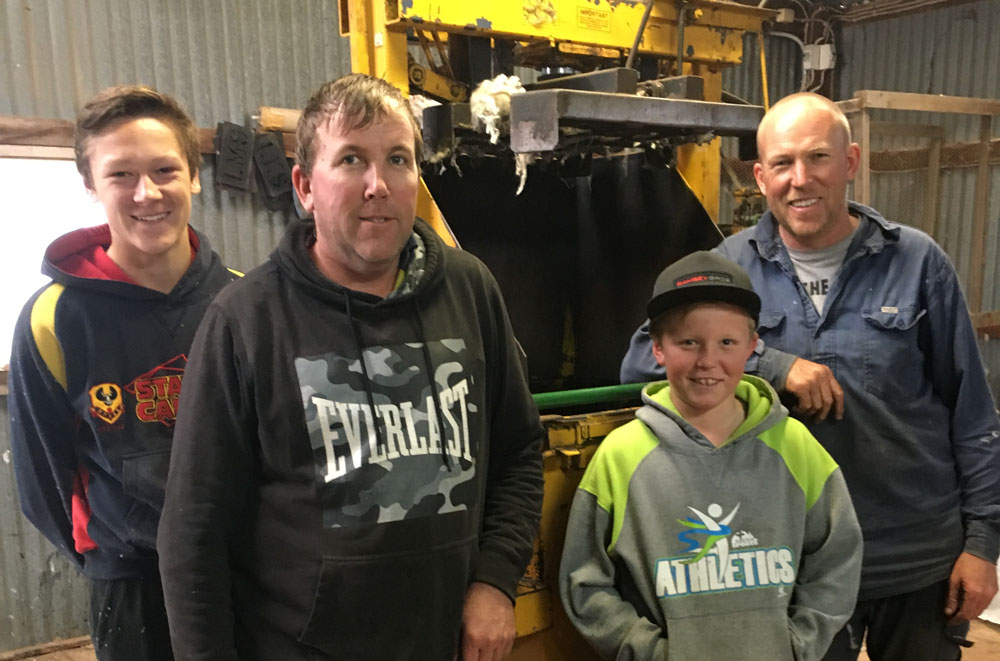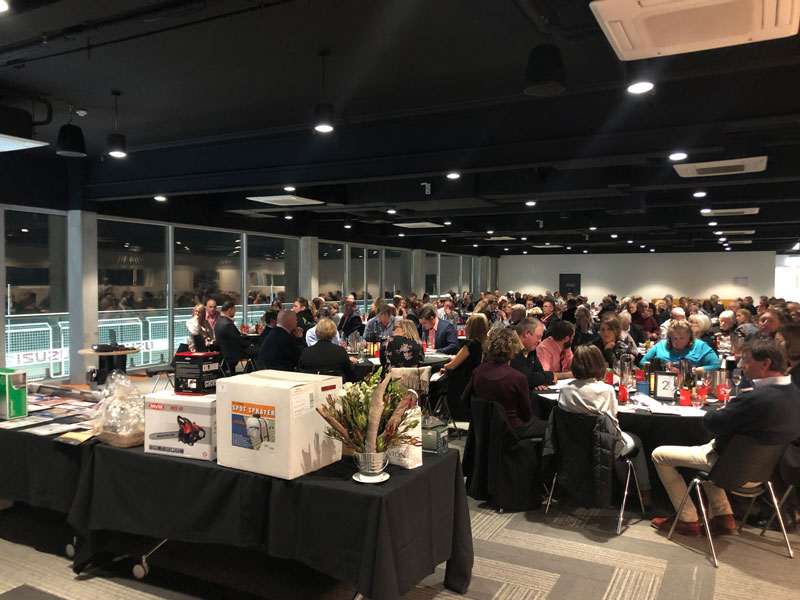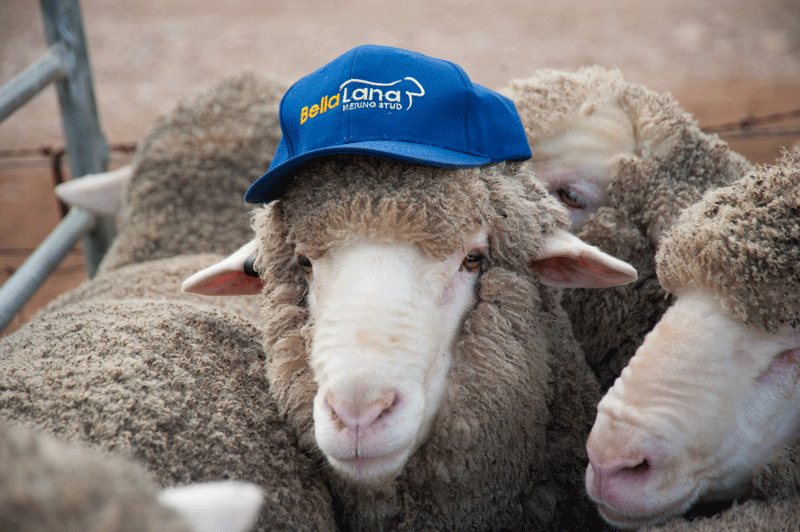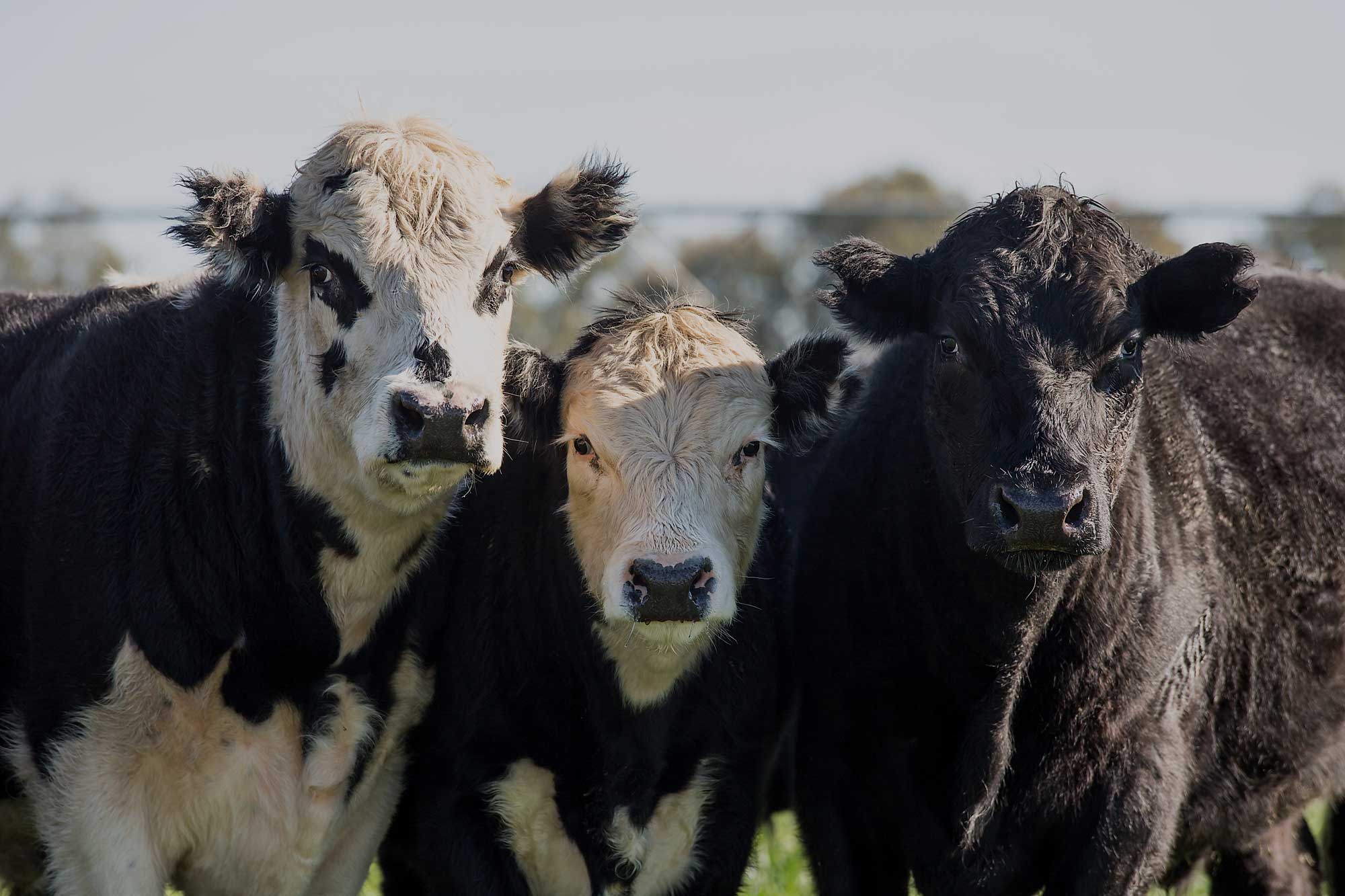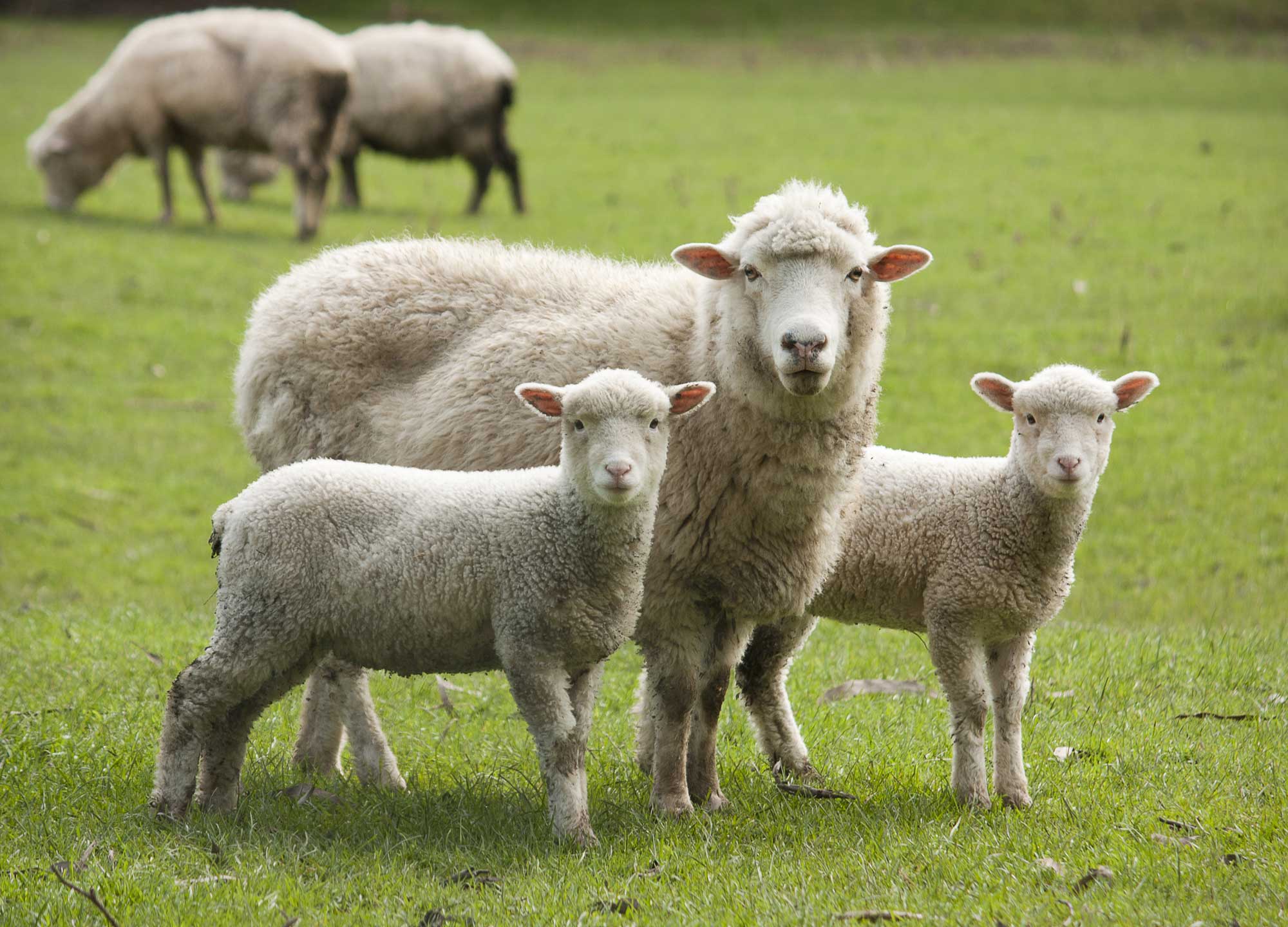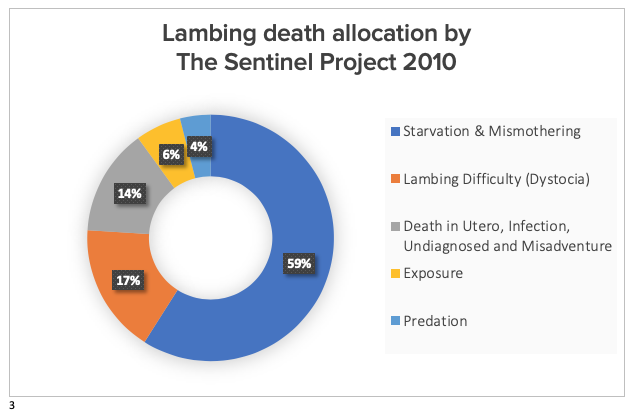With a Merino stud, “Bella Lana”, and commercial sheep flock, the Brien’s had used supplementary feeding to finish lambs, prepare ewes for joining or lambing or to maintain condition on stud rams on an ad hoc basis over the years. However in 2018 Scott and Anna decided they needed to be more rigorous in their approach to grain feeding.
Using Rural Assistance Authority low interest finance and working with their animal nutrition consultant Rob Bell, the Brien’s designed and constructed a drought lot which can hold up to 3,000 ewes. Supporting this was the investment in a Keenan feed mixer.
The drought lot features six 200m by 100m pens in a design which can be easily added on to. It is located near new sheep yards, making induction and sheep handling more efficient.
“By having sheep centrally located in a drought lot, the efficiency gains are huge – we are not driving all over the farm – and by investing in a good mixer we can feed 2,000 ewes with one mix. Feeding is over in a couple of hours,” Scott said.
The other benefit has been improved health and wellbeing outcomes for all classes of sheep. Scott and Rob Bell designed a ration consisting of grain and hay, which is generally produced on farm but last year had to be brought in when supplies ran low; economic sources of protein such as cotton meal and ProAgni’s Protect S, a supplement to boost rumen efficiency.
“We went for the Protect S initially because it was antibiotic and ionophore free. We like to breed simple, easy care animals and, to be prepared for future market demands, I think antibiotic free meat production is important,” Scott said.
The 2017 drop of stud rams were trail fed from weaning at three months through to the stud sale at 14 months. In previous years stud rams have been supplementary fed but Scott has found it challenging with acidosis causing sudden deaths and health issues, such as excessive growth of the hooves (caused by sub-clinical acidosis) leading to feet problems and the need for additional animal husbandry.
“With the new feed mix we didn’t lose one animal and when you are talking about stud rams you only need to lose a few and the cost of the loss starts mounting. Also you are potentially losing the ram which might have held some of the best genetics,” Scott said. Cull ram lambs were sold off the feeders at the Dubbo market last September at less than 12 months of age for $205/head.
Based on this success, pregnant ewes were trail fed with the addition of ProAgni’s ProMark, a loose lick powdered supplement designed for lambing ewes.
“We were blown away. None of the ewes needed help with lambing and the lambs really hit the ground running,” Scott said.
“The real benefit from successful feeding of ewes and stud rams was it reduced the mental strain.
“You also don’t find it a chore when your system is efficient and the animals are thriving on it.”
The Brien’s have developed an ongoing drought management plan based on replenishing grain and hay stocks when prices are lower in preparation for future feeding. When forecasts are for ongoing dry, the oldest commercial ewes will be sold off first (as they were in 2018) and stud ewes and rams will be the first to move on to supplementary feeding, with other classes to move on to feeding when pastures and winter grazing crops diminish.
“When you run a stud enterprise you can’t afford to sell off your nucleus. Having a good systems with safe, effective feeding regimes provides the insurance for future dry times,” Scott said.
Before:
- loss of rams with acidosis
- issues with animal health problems in rams, particularly excessive hoof growth causing feet issues and lameness
- mental stress in monitoring valuable stud stock for signs of acidosis and poor performance
- intervention needed with lamb delivery
After using ProAgni products:
- no ram deaths
- improved weight gains in lambs
- fewer animal health issues
- no intervention needed at lambing
- reduced mental pressure on operators
Information: bellalana.com.au

